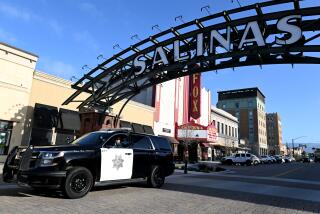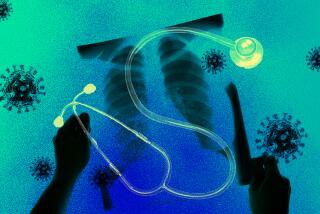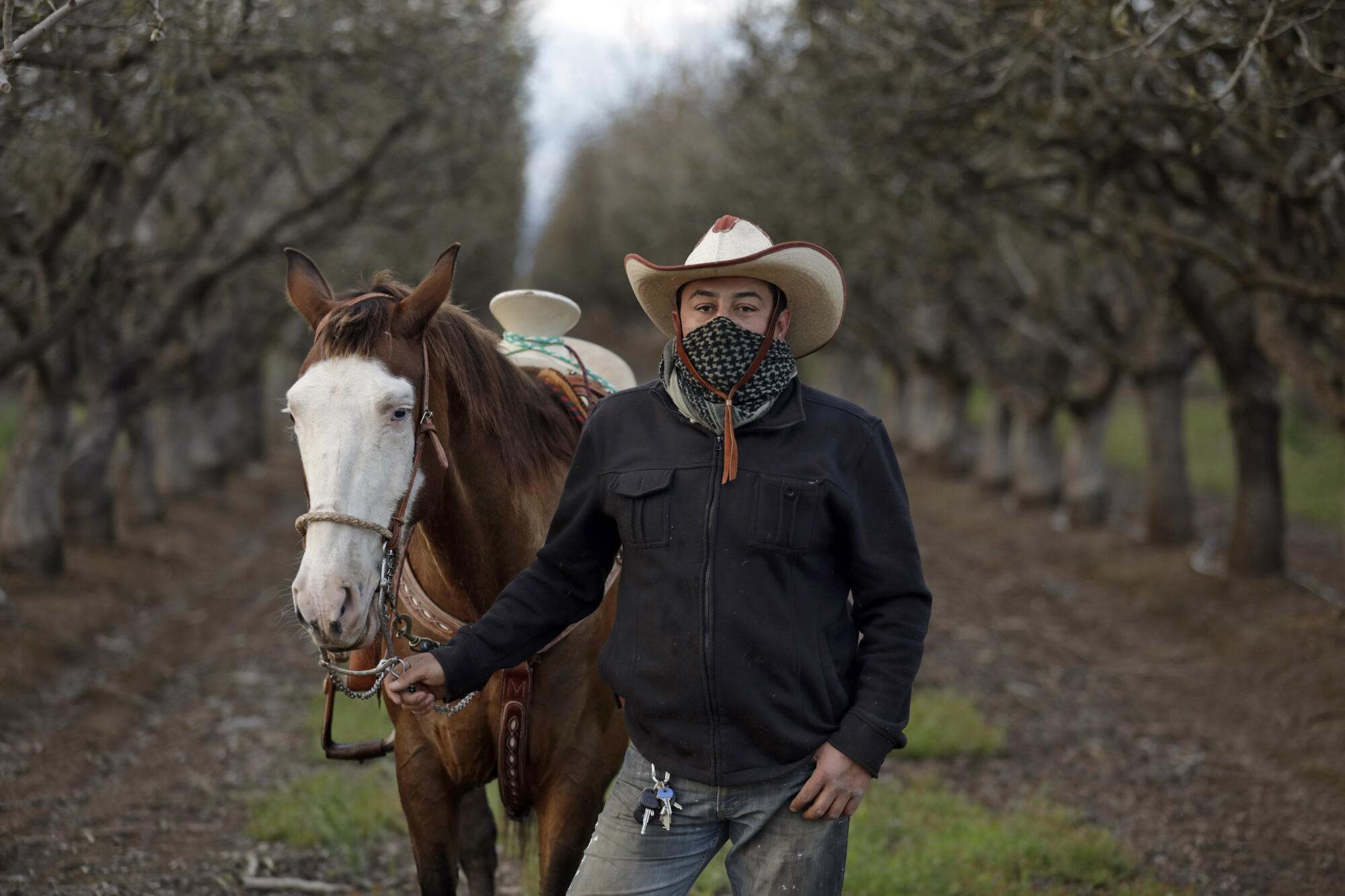
- Share via
SOMEWHERE ON HIGHWAY 101 — Some are calling it a war against an unseen enemy — the coronavirus. Yet if it truly is a war, the battlefield can’t be covered from a home office.
That’s why Los Angeles Times staff photographer Carolyn Cole and I are embarking on a road journey that will take us throughout California. We want to check in with the communities and people of our nation’s most populous and diverse state. We aim to give voice to those in remote parts of California as they grapple with the worst health and economic calamity of our lifetimes.
We are starting at the Oregon border, with a plan to wind down to the Mexican border — crisscrossing back and forth, from the coastal range to the Sierra, with the valley in between, as we head south. Then back.
How will we do this — safely?
We will be traveling the state in a pair of camper vans, keeping separate from each other, as much as possible. We’ll be stocked with food, minimizing trips to groceries and cafes. We will conduct interviews and shoot photographs only at a safe distance from other people, always wearing masks and other protective gear.

We will be washing and wiping as all of us — hopefully all of us — are doing at home.
Carolyn and I have also taken precautions to ensure that we are not “silent spreaders” — unknowingly infecting others with the coronavirus. We delayed our journey by several days so we could get tested for COVID-19, helping to ensure we were not carriers of the disease caused by the virus.
The term “war” is a less-than-perfect way to describe the current international campaign to contain the coronavirus. Wars come to an end when there are clear victors, or when two sides negotiate a truce. That will never happen with COVID-19 and other infectious diseases coming behind it.
But it is fair to say we are in the fight of our lives. As I write this on Sunday evening, more than 22,000 Americans have died. More than 680 Californians have perished. Worldwide, the toll topped 114,000, and continues to climb.
Neither of us are new to the dangerous side of our jobs. Carolyn has worked in conflict zones across the globe — Iraq, Afghanistan, Kosovo, Iran and Syria. And while I haven’t visited battlefields, I’ve reported from some of the remotest and imperiled parts of the planet, including a leaking concrete dome of radioactive waste in the Marshall Islands. Carolyn was with me there, too.
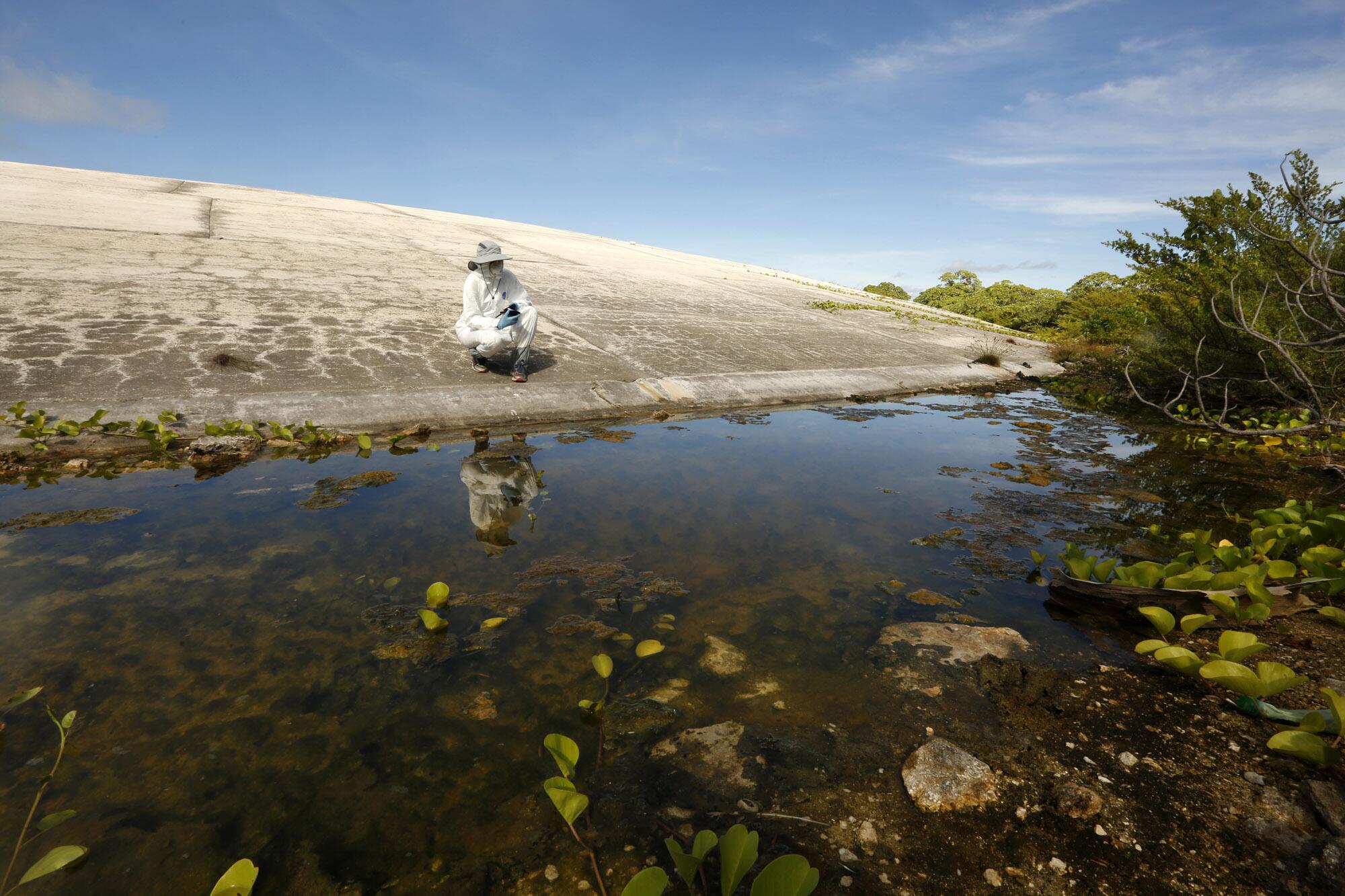
We’ve both reported stories where the well-being of our sources was paramount, keeping them safe from danger and retaliation. We know this trip will be no different.
But it is critical we get out there. All across the state, people are feeling the fear and economic pain the coronavirus has unleashed. Carolyn and I recently reported on a woman who had contracted the virus at a funeral. When she died, her family organized a service where mourners could pay their respects from their cars.
There are many tragic stories out there, and we will try to tell them with dignity and respect. We also will report on other aspects of the crisis — neighborhoods banding together, communities seeking more help from government agencies, and first responders and healthcare workers performing acts of heroism.
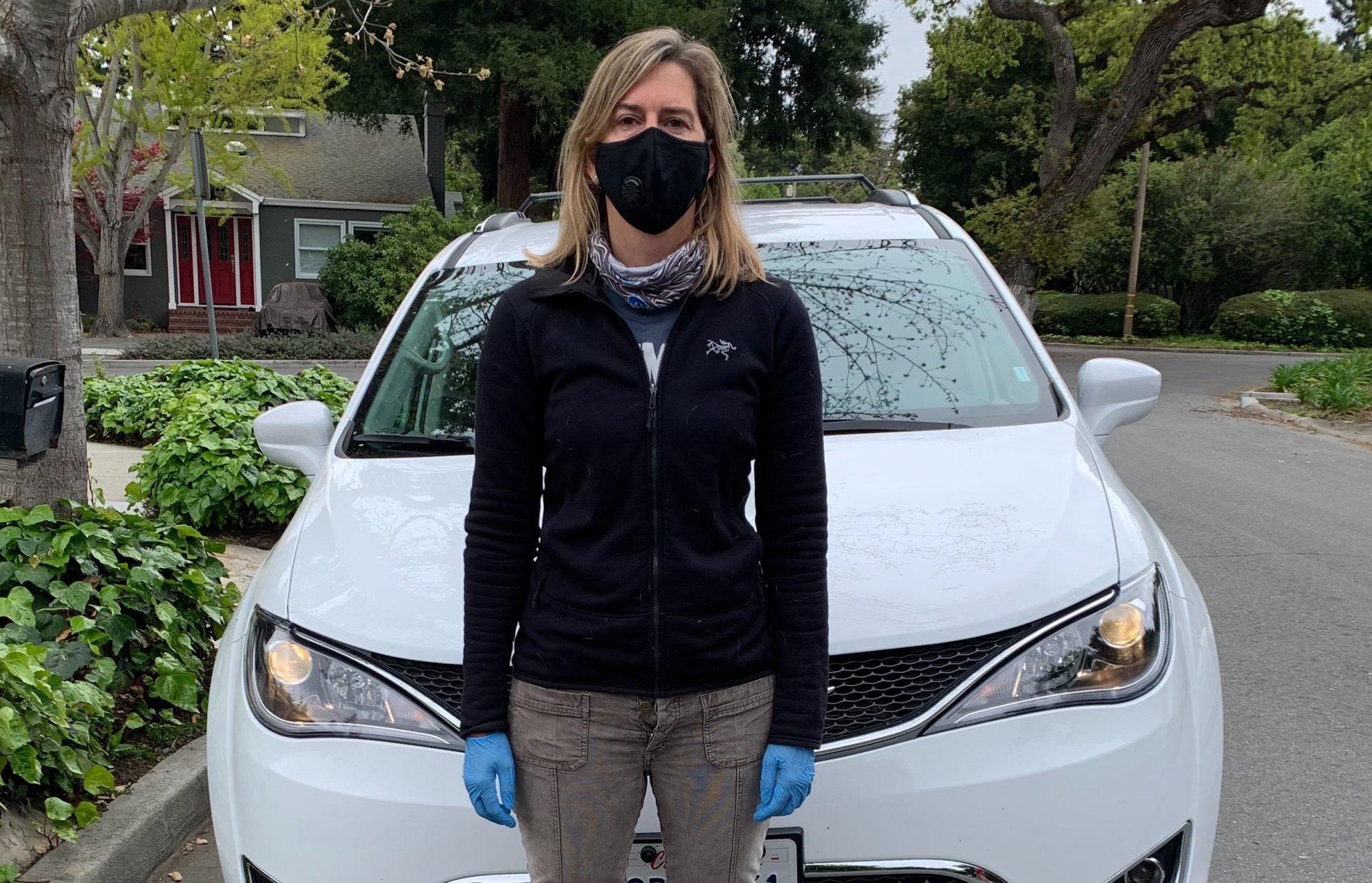
For several weeks, I’ve been dutifully isolating in my home on the outskirts of San Francisco, where my neighbors also hunkered indoors. I’ve watched them from my kitchen window, appearing outside only to exercise, walk their dogs, or chase after their restless children, who’ve been locked behind doors for weeks.
I also took note of all the service workers: the woman who delivers my mail; the garbage truck drivers; the store clerks.
While we are hunkering down at home, hundreds of thousands of Californians are making it possible for us to “shelter in place.”
We want to tell their stories.
We recognize that some public officials do not want us traveling through their communities. After I reached out to one local official recently, he urged us not to come. Why? Because “having reporters come here seems to send a different message than what I have tried to deliver to our community” — to stay home.
Although I respect that elected leader’s viewpoint, journalists cannot tell the story of this pandemic while sheltering in place, just as building inspectors cannot do their jobs without visiting buildings. It is important to note that under Gov. Newsom’s March 22 directive, journalists are listed as essential workers.
Over the next several weeks, Carolyn and I will be on the open road. You can get updates on where we will be headed, and offer us story ideas, on Twitter at @susrust and @carolyn_cole. My email is also below.
If you want to send us a secure message or tip, you can do so here.
We hope to hear from you.
More to Read
Sign up for Essential California
The most important California stories and recommendations in your inbox every morning.
You may occasionally receive promotional content from the Los Angeles Times.

